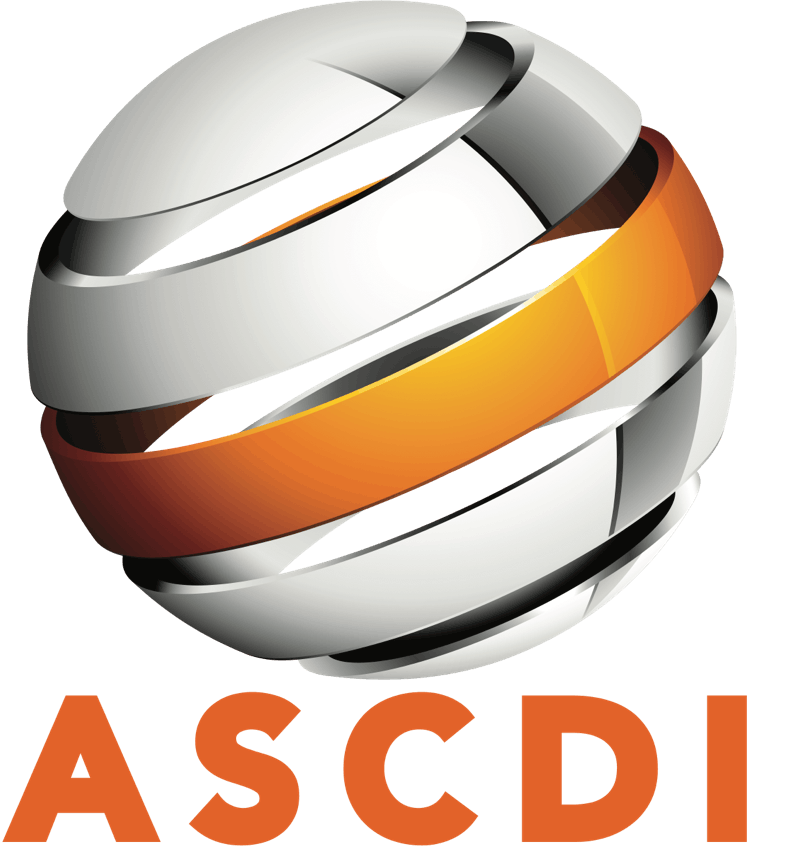Posted on Tuesday, March 14, 2017 in DNA Data Storage, Data, Storage, Storage Hardware
Back in May 2016, we blogged about some Microsoft research into using DNA for data storage. But a new report released by the Data Science Institute at Columbia University shows that other organisations are looking into organic storage – and it is quickly becoming a viable medium.
Introducing the DNA Fountain
According to these researchers, created an algorithm to encode and decode data into binary strings containing 1s and 0s. These strings were then compressed into a master file, before being divided again into short strings of binary code.
A second algorithm, known as the “DNA Fountain” was created to extract these shorter strings and reassemble them into the correct order for data retrieval. Finally, the short strings were used to create strands of DNA.
To retrieve the encoded data, the DNA sequences were fed into a computer equipped with the DNA Fountain algorithm. The algorithm translated each strand into its binary code, before reassembling the original files.
A versatile storage format
The Columbia University team proved the versatility of DNA as a storage format by storing a variety of file types. They were able to store and retrieve an item of malware, a 1985 French film and an entire operating system.
The test suggests that each nucleotide (one of the tiny “links” that make up a DNA strand) is capable of holding 1.6 bits of data. Researchers believe that as DNA storage techniques are refined, they will be able to increase capacity by a further 15% per nucleotide.
The most important finding of all
DNA storage does have one major drawback at the moment – cost. The Columbia University team spent $7000 creating DNA strands capable of storing 2MB of data. The DNA Fountain reader cost a further $2000, making all flash arrays (AFAs) look cheap!
Before dismissing DNA storage as an expensive gimmick however, there is one glimmer of hope for this medium. The Columbia team reported a 100% recovery success rate, proving that the technique is viable.
As always, there’s a long way to go before this storage medium of the future becomes an everyday reality – but scientists are making definite progress today.
– See more at: https://www.cds.net/blog/2017/03/dna-data-center-storage/#sthash.fQQeMxRG.dpuf

